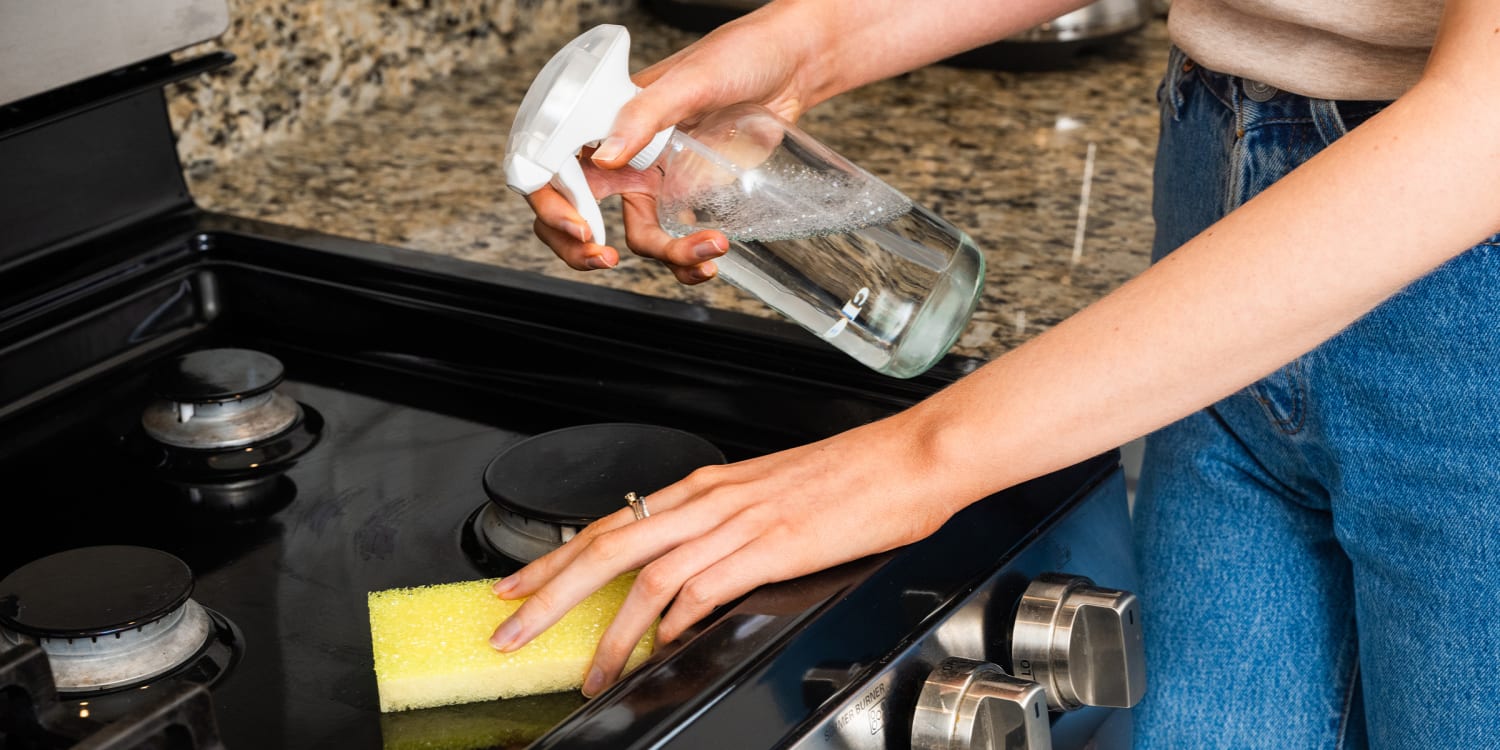
Efficient Water: Maintaining Your Water Softener
Introduction: The Importance of Water Softener Maintenance
Maintaining your water softener is essential for ensuring it functions efficiently, providing you with soft water and preventing the buildup of mineral deposits. In this guide, we’ll explore the steps and tips for proper water softener maintenance, helping you prolong its lifespan and maintain the quality of your water.
Understanding Water Softener Basics: A Quick Overview
Before delving into maintenance, it’s beneficial to understand the basics of how a water softener works. Water softeners remove hardness minerals, such as calcium and magnesium, from your water supply. The softener contains resin beads that attract and trap these minerals, preventing them from entering your plumbing and appliances.
Regular Cleaning of the Brine Tank: Preventing Salt Bridges
One of the critical components of a water softener is the brine tank, which holds the salt used in the regeneration process. Regularly check and clean the brine tank to prevent the formation of salt bridges. These bridges can hinder the salt’s ability to dissolve, affecting the regeneration process and diminishing the softening efficiency.
Refilling the Salt: Ensuring Proper Operation
Maintain an adequate salt level in the brine tank to ensure your water softener operates effectively. Check the salt level regularly, and refill it as needed. The frequency of salt refilling depends on the size of your tank and water usage. Keep the tank at least half-full to ensure a continuous supply for the regeneration process.
Inspecting and Cleaning the Resin Tank: Optimizing Softening
The resin tank is where the actual water softening process occurs. Periodically inspect and clean the resin tank to prevent the accumulation of iron, sediment, or other contaminants. Follow the manufacturer’s guidelines for cleaning solutions, and perform this task as part of your routine maintenance to keep the resin beads in optimal condition.
Checking for Salt Bridges and Mud Balls: Preventing Blockages
In addition to cleaning the brine tank, be vigilant for the formation of salt bridges and mud balls in the resin tank. These obstructions can impede the flow of water and salt, affecting the regeneration cycle. Regular checks help you identify and address these issues promptly, ensuring consistent water softening performance.
Regeneration Cycle Adjustment: Aligning with Water Hardness
The regeneration cycle of your water softener should be adjusted based on the hardness of your water. If you notice that your water is becoming harder or that the system regenerates too frequently, consider adjusting the regeneration settings. Consult your water softener’s manual or seek professional advice to optimize the regeneration cycle.
Cleaning the Brine Line: Maintaining Efficient Salt Dissolution
The brine line is responsible for transporting salt from the brine tank to the resin tank during regeneration. Inspect and clean the brine line regularly to prevent clogs or blockages. A clean brine line ensures the proper dissolution of salt, contributing to effective regeneration and consistent water softening results.
Checking and Adjusting Water Softness Settings: Customization for Efficiency
Most water softeners come with adjustable settings for water softness. Periodically check and adjust these settings based on your preferences and the hardness of your water. Finding the right balance ensures that your water softener is not overworking or underperforming, optimizing its efficiency.
Professional Maintenance: Periodic Inspections and Servicing
While there are many tasks you can perform as part of routine maintenance, consider scheduling periodic professional inspections and servicing. A professional can conduct a thorough assessment, identify potential issues, and perform necessary repairs or adjustments. This proactive approach helps catch problems before they escalate.
Conclusion: A Refreshing and Efficient Water Supply
Proper maintenance is the key to a long-lasting and efficient water softener. By following these guidelines and incorporating regular checks into your routine, you can enjoy a continuous supply of soft water, prevent malfunctions, and ensure the optimal performance of your water softening system. For more detailed guidance on how to maintain a water softener, visit DesigningTemptation.com. Keep your water softener in top shape for a refreshing and efficient water supply.


